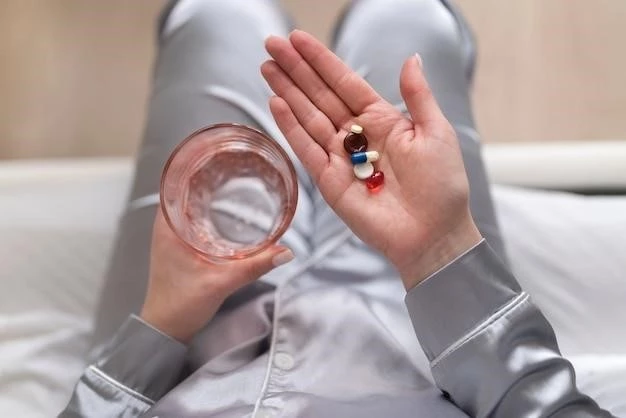Crystal Deposit Disease Overview
Crystal deposit disease is a condition affecting joints․
Definition of Crystal Deposit Disease
Crystal deposit disease, also known as crystal arthropathy, is a group of conditions where microscopic crystals build up in the joints, causing inflammation and pain․ The most common types are gout and calcium pyrophosphate dihydrate deposition disease (CPPD)․
Symptoms of Crystal Deposit Disease
Joint pain, swelling, redness, stiffness, and limited mobility․
Common Symptoms
Common symptoms of crystal deposit disease include sudden and severe joint pain, swelling, warmth, redness, and tenderness․ These symptoms often occur in the big toe (in cases of gout) or the knee, wrist, or other joints․
Diagnosis and Treatment of Crystal Deposit Disease
Assessment by a healthcare provider, imaging tests, and specific treatments․
Diagnosing Crystal Deposit Disease
Diagnosis involves a physical exam, joint fluid analysis, imaging tests such as X-rays or ultrasounds, and possibly blood tests to identify specific crystals․ A confirmed diagnosis helps determine the appropriate treatment plan․
Treatment Options
Treatment options for crystal deposit disease may include medications to reduce inflammation and pain, lifestyle changes, dietary modifications, physical therapy, joint aspiration, and in some cases, surgical procedures to remove crystals or repair damaged joints․
Causes of Crystal Deposit Disease
Crystals forming in the joints due to metabolic issues․
Potential Causes
Potential causes of crystal deposit disease include high levels of uric acid (gout), calcium pyrophosphate crystals (CPPD), genetics, obesity, dietary factors, certain medications, and underlying medical conditions such as kidney dysfunction․

Prevention Strategies for Crystal Deposit Disease
Healthy lifestyle, balanced diet, hydration, and regular exercise․
Preventive Measures
Preventive measures for crystal deposit disease include staying hydrated, maintaining a healthy weight, avoiding excessive alcohol consumption, following a balanced diet low in purines, and managing underlying medical conditions effectively to reduce the risk of crystal formation in the joints․
Managing Pain with Crystal Deposit Disease
Various techniques help manage pain associated with the disease․
Pain Management Techniques
Pain management techniques for crystal deposit disease include medications for pain relief, applying heat or cold packs to affected joints, rest, gentle exercise, physical therapy, and lifestyle modifications to reduce pain and improve joint function․
Research Advances in Crystal Deposit Disease
Ongoing studies aim to improve understanding and treatment․
Current Research
Current research on crystal deposit disease focuses on developing targeted treatments to dissolve crystals, exploring new medications for pain management, investigating the role of genetics in crystal formation, and studying the impact of lifestyle factors on disease progression and symptom management․
Living with Crystal Deposit Disease
Coping strategies help manage daily challenges effectively․
Coping Strategies
Developing a support network, staying positive, engaging in activities, seeking emotional support, managing stress, maintaining a healthy lifestyle, and communicating openly with healthcare providers can enhance quality of life for individuals living with crystal deposit disease․
